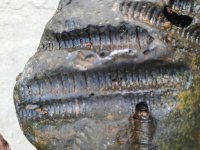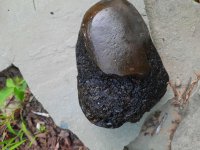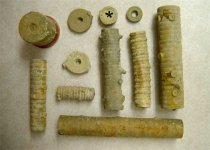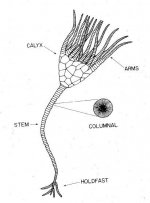Jowlz
Jr. Member
I'm not sure what to make of this. I found it while hunting arrowheads/axes etc. It was found in an area where native americans had a camp. It was found in the water. It is stone and heavy. Not fragile. I am not well versed in fossils. Any ideas? The holes are strange and go in from every direction.








